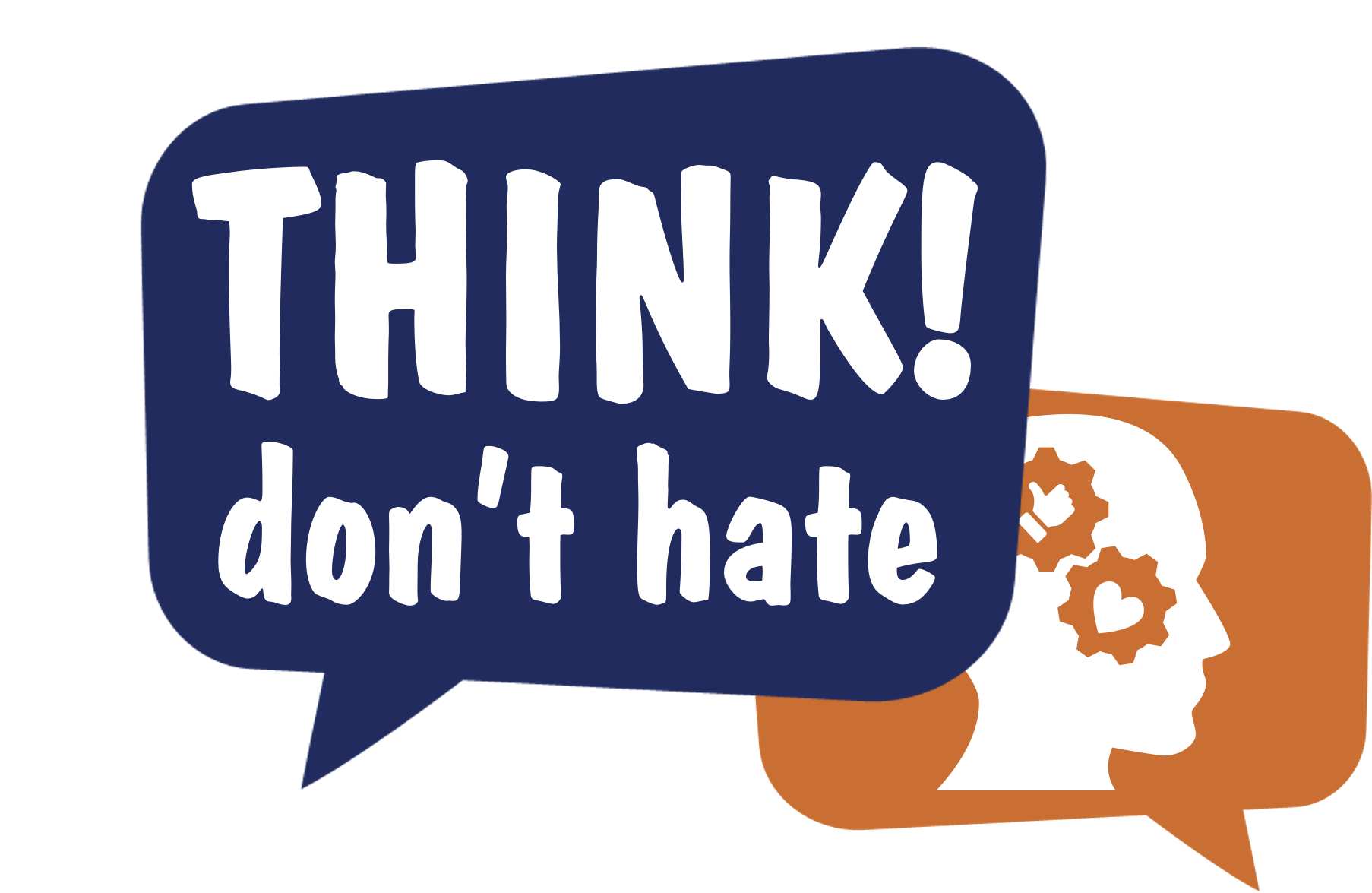
CHAPTER 3
B. Countering & Alternative narratives - what’s the story there?
There is at least one reaction to every action. One positive to every negative thought. One black to every white point. Some light to every darkness. So, why not, a counter to every hateful narrative? An alternative to every oppressive?

Speaking of counter narratives, in simple words, their aim is on one hand to prevent hateful behaviors and to be further involved or discriminatory and extremist views to deteriorate, and on the other to engage people who have shared (or keep sharing) hateful opinions in the process of changing their perspective and attitude towards others.
Now, when it comes to alternative narratives, these normally involve the development and promotion of non-discriminatory and inclusive ideas, with a positive and empathizing character, targeting different groups of people, including the hate producers themselves.
Both forms of narratives (counter and alternative) fight the oppressive ones by discrediting and deconstructing them through respect, openness, equality, understanding and solidarity. There is not only one way to achieve it, rather a great variety of tools and means: facts and arguments, relating with one’s emotions and experience, humor, direct personal contact with people coming from different contexts etc.
It is more than obvious that most fairy tales involve narratives which are more or less common in all stories. And we are pretty sure that there might be a lot more if we tried to analyse the long version of them! So what would this fairy tale look like if we tried to get rid of all the stereotypical narratives and transform it into a more inclusive and acceptable story? Enjoy our version of Cinderella!
Although counter and alternative narratives are both equally important and effective tools in the battle against hate speech, they appear to have several differences that allow them to cover a wide range of hate speech forms. Their specific characteristics, as well as a detailed analysis of where they come from, what is their contribution and what are a few successful initiatives and best practices in the battle against hate speech happening all around Europe, are all elements of the manual “WE CAN! Taking Action Against Hate Speech through Counter and Alternative Narratives ” produced in the framework of the “No Hate Speech Movement” of the Council of Europe.
Both counter and alternative narratives share many common elements and are supplementing one another in the battle to counter hate speech. The most important commonality is their main objective: to occupy public space! However, there are a significant number of features that differentiate these two forms of narratives. These characteristics we will try to present through a simple and easy-to-understand overview in the following tables:
COUNTER NARRATIVES
CHARACTERISTIC
EXPLANATION
Short and direct reaction
They usually respond to a specific challenge or incident, a single event or a certain emergency
Deconstruct and discredit
They bring down the basis and knock down the essence of an oppressive narrative
Block and challenge
They serve as an obstacle and confront concrete expressions of hate
Undermine authority/myth
They use facts/valid information to diminish the invalid source or faulty/untrue information where the hateful narrative relies on
Speaking of successful initiatives, take a look at the “Hate Destroyer Mural” activity implemented in Finland at https://vimeo.com/72886961 , as well as the “Guide on Counter Speech on Twitter” produced by the “Get the Trolls Out” campaign at (www.stoppinghate.getthetrollsout.org .
However, given that counter narratives are addressing a specific incident or an emergency of hate speech, it is quite likely that one might fall in the loop, be affected by their feelings and the momentary tension, and end up in violating certain human rights principles in their very same effort to protect them!
To avoid this unfortunate turn, the “No Hate Speech Movement” has established a set of golden rules to be respected in the process of developing a counter narrative to promote human rights:
❖ RULE No 1: It shall include no hate, no violence, and no discrimination.
❖ RULE No 2: It shall foster equality, respect and solidarity among individuals and social groups.
❖ RULE No 3: It shall promote an understanding of the equal dignity of all human beings; it shall promote critical thinking, fair dialogue and correct information.
Now, let’s take a look at the specifics of alternative narratives:
ALTERNATIVE NARRATIVES
CHARACTERISTIC
EXPLANATION
Long term & indirect reaction
Instead of responding to a momentary incident, they are a wide project of bringing long term changes to society by offering the other “side of the story”
Present what we are “for”
They present what is supported and encouraged, instead of what one is “against”
Present an alternative perspective
They present a different positive approach to a certain sensitive topic
Build an alternative mindset
They try to offer a different way of thinking in society in general
Alternative narratives do not escape rules either. On the contrary, one should keep in mind the following guidelines when trying to formulate an alternative narrative:
★ RULE No 1: It shall build, reinforce and promote a different perspective that reflects human rights values.
★ RULE No 2: It shall improve dialogue among different groups of society.
★ RULE No 3: It shall foster a culture of universal human rights, respect and solidarity.
As you can see, human rights seem to be the core essence of the battle to counter hate speech, both online and offline. But how could human rights become our weapon against hateful and oppressive narratives? Let us guide you through…